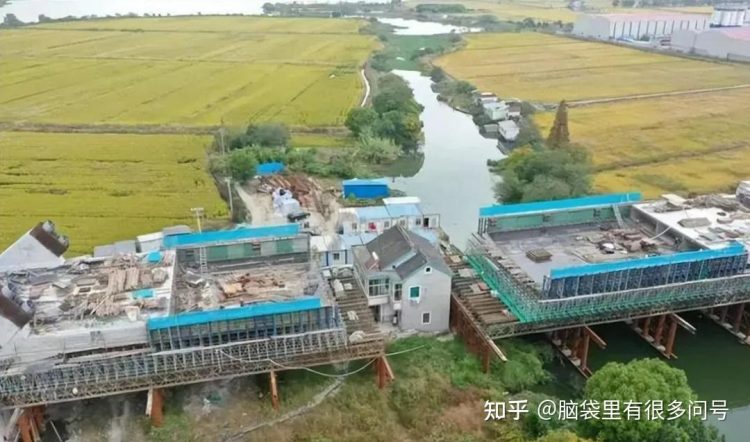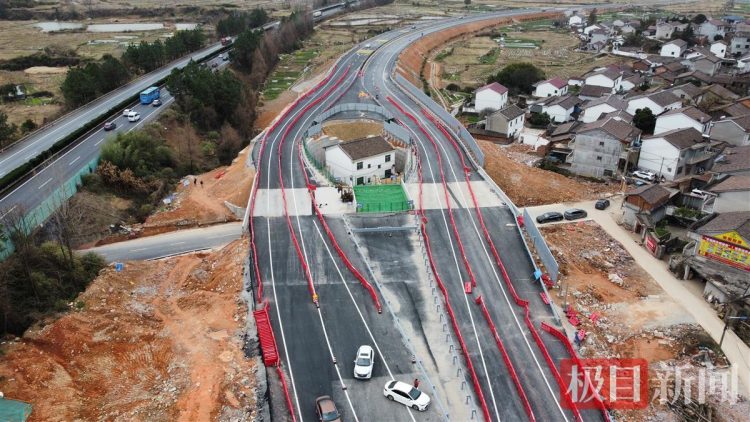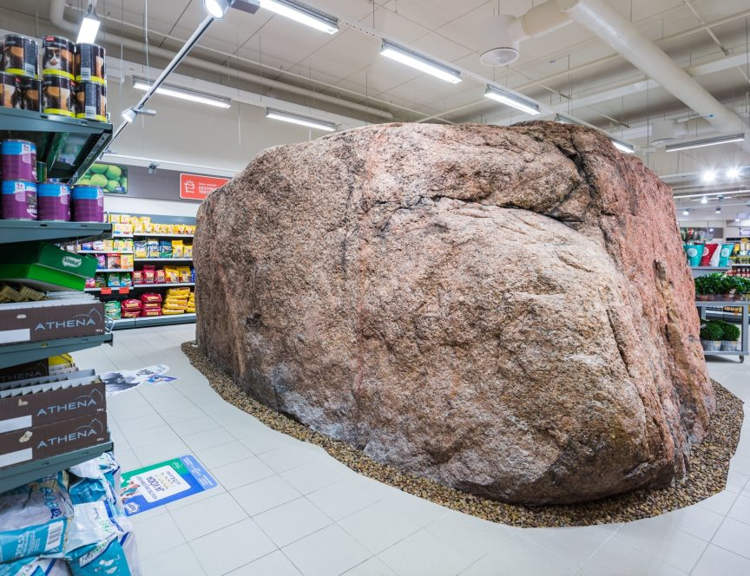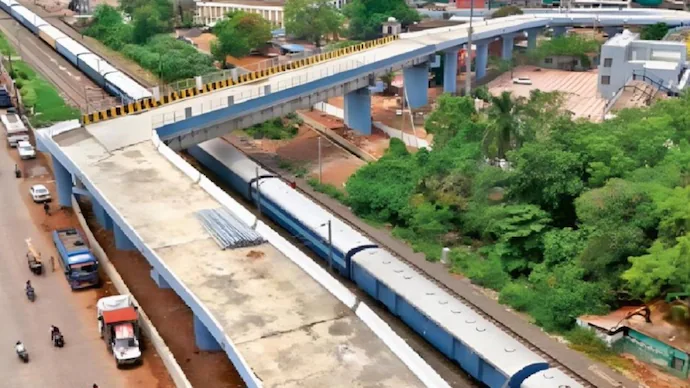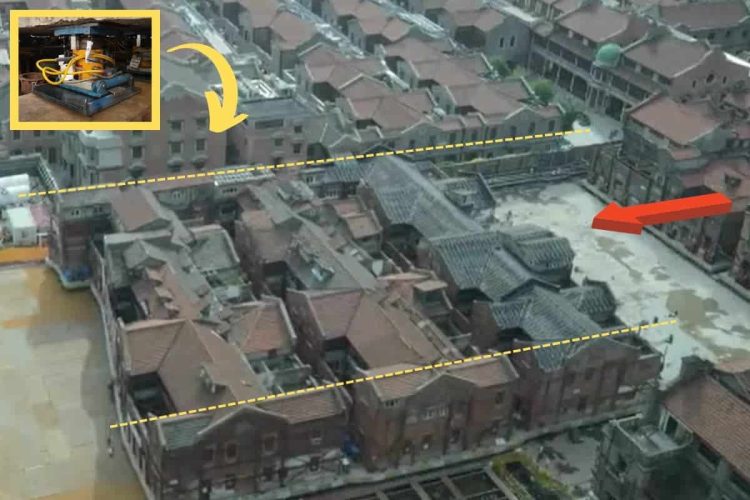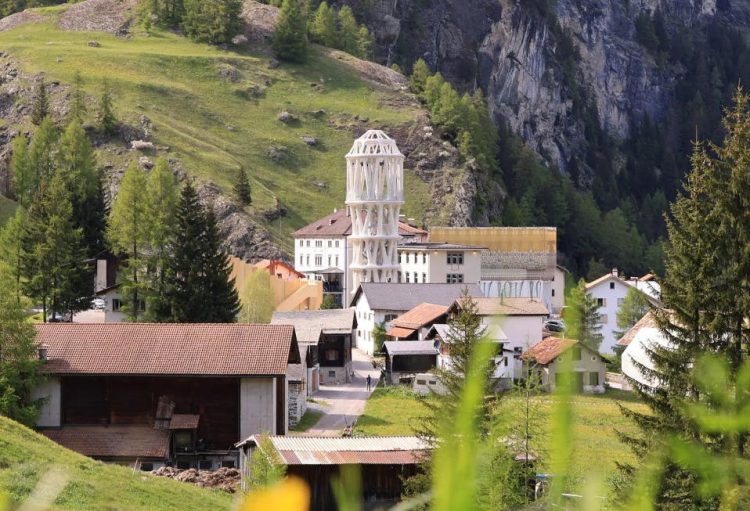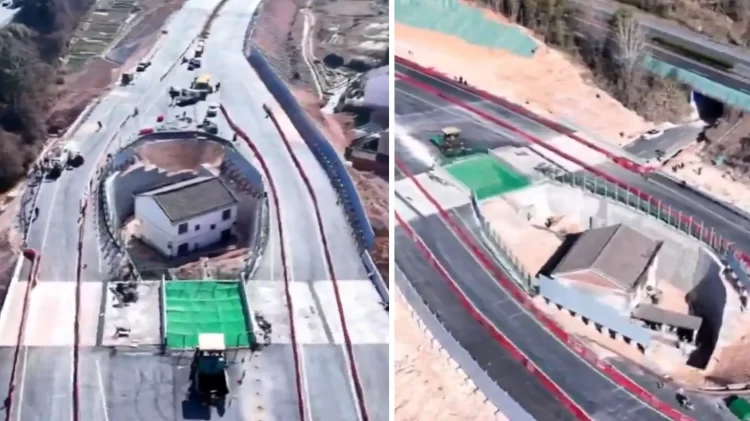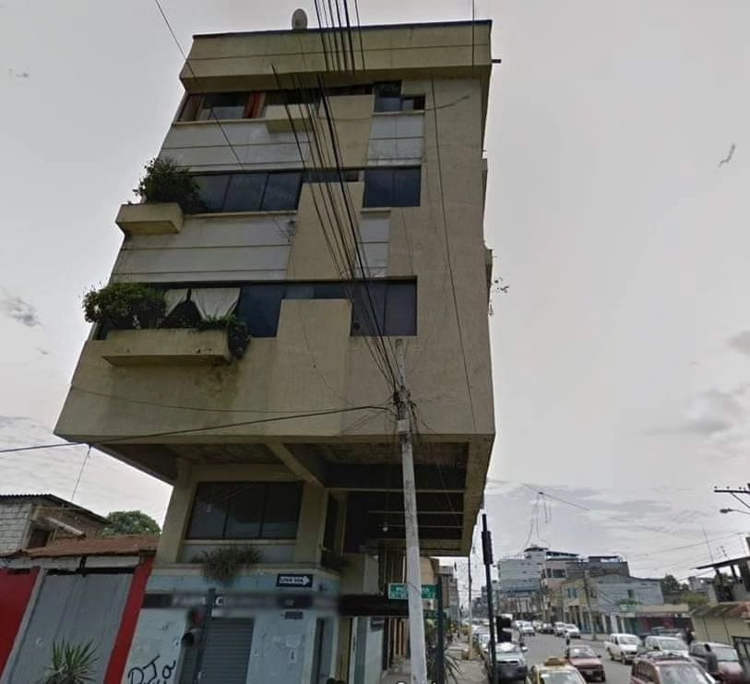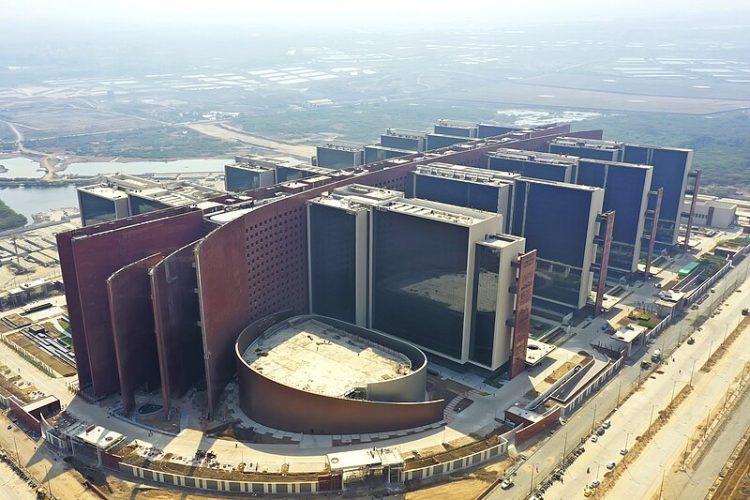It’s hard to believe that this rock sitting so casually on a boulder-strewn slope in the Swiss Alps is actually fake. In reality, it houses a cozy wooden cabin for one, complete with a bed, fold-out table, stool, fireplace, and a window!
The only feature giving the boulder’s secret away is the odd square window that sticks out like a sore thumb on one side. But if you were hiking past the large rock, you’re more likely to miss out on that feature and assume that it’s all a part of the landscape. Nothing else about the rock betrays the fact that it conceals a perfectly-detailed wooden cabin beneath its rough exterior.
Designed and constructed by Geneva-based studio Bureau A, the camouflaged cabin was inspired by the long-standing Swiss tradition of hidden bunks and military infrastructure. It is also meant to be a tribute to the alpine experience, and to the French philosopher Paul Virilio, who wrote about bunker archeology and the principles of camouflage.
Designers André Bloc and Claude Parent of Bureau A were fascinated by these themes, and they decided to bring to life a mysterious concrete building that doubles as a work of art. So they spent six weeks at a residency program with Verbier 3D Foundation in Switzerland, designing and fabricating the unusual micro shelter.
They started off by constructing a regular cabin – a box covered in steel rebar and coated ferrocement. Once the cabin was ready, they sculpted and spray-painted the exterior to resemble a rough boulder. Installation was the toughest part; they trucked the rock up a mountain, and with the help of a hydraulic crane, set it carefully in place along the path between La Chaux and Ruinettes.
Bureau A has named the masterpiece ‘Antoine’, which is the name of the protagonist in the book Derborence by Charles Ferdinand Ramuz. In the book, Antoine gets trapped in a landslide in the Alpine valley and ends up living under the rocks for seven weeks, miraculously surviving the ordeal.
The architects from Bureau A have been rather cryptic about their plans for Antoine. They’ve never mentioned if the place is open to the public. Instead, they described it as a place “somewhat subversive in its use where one can freely enter and hide”. That probably means: if you can find it, you can use it. Interested?








